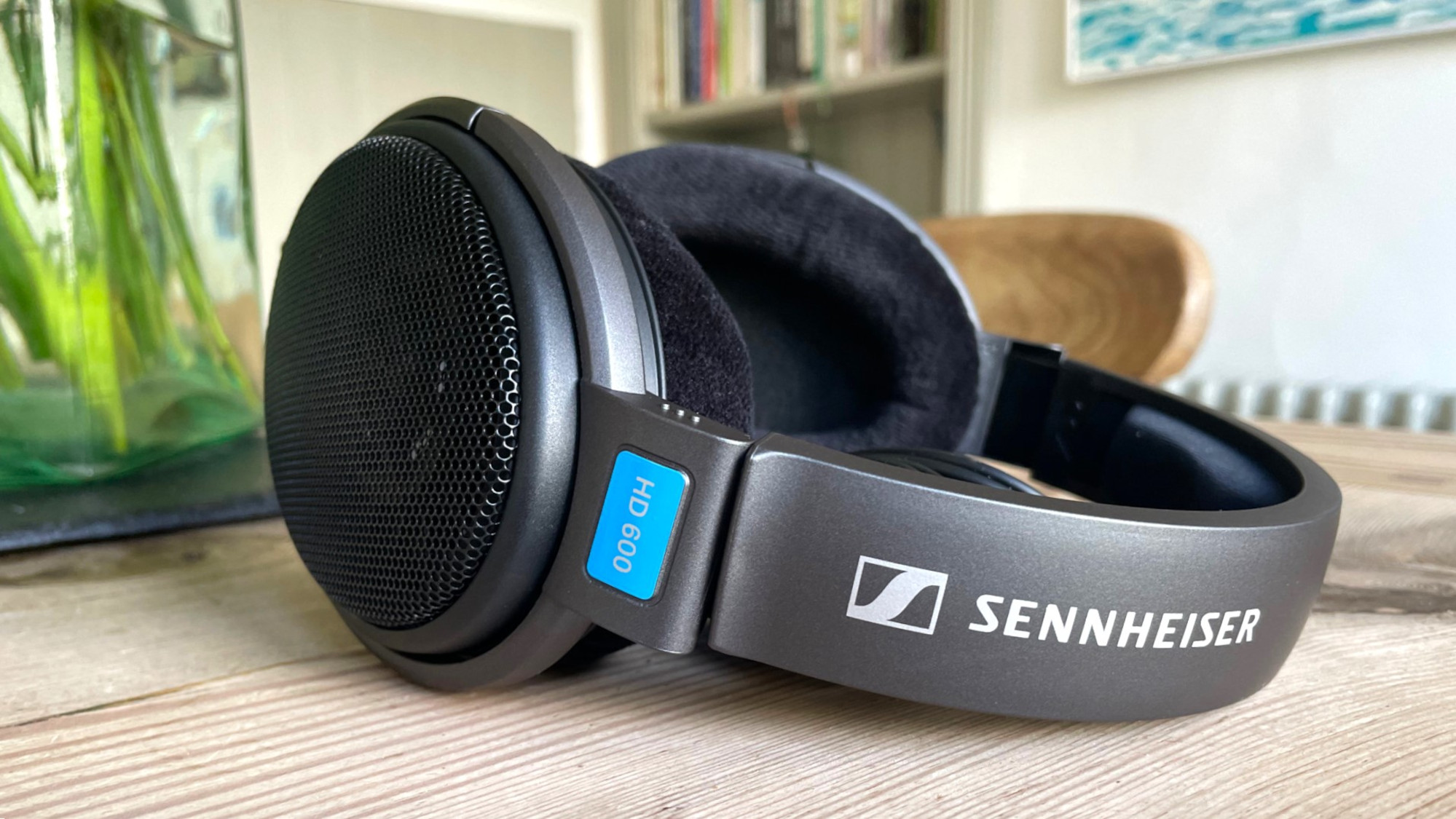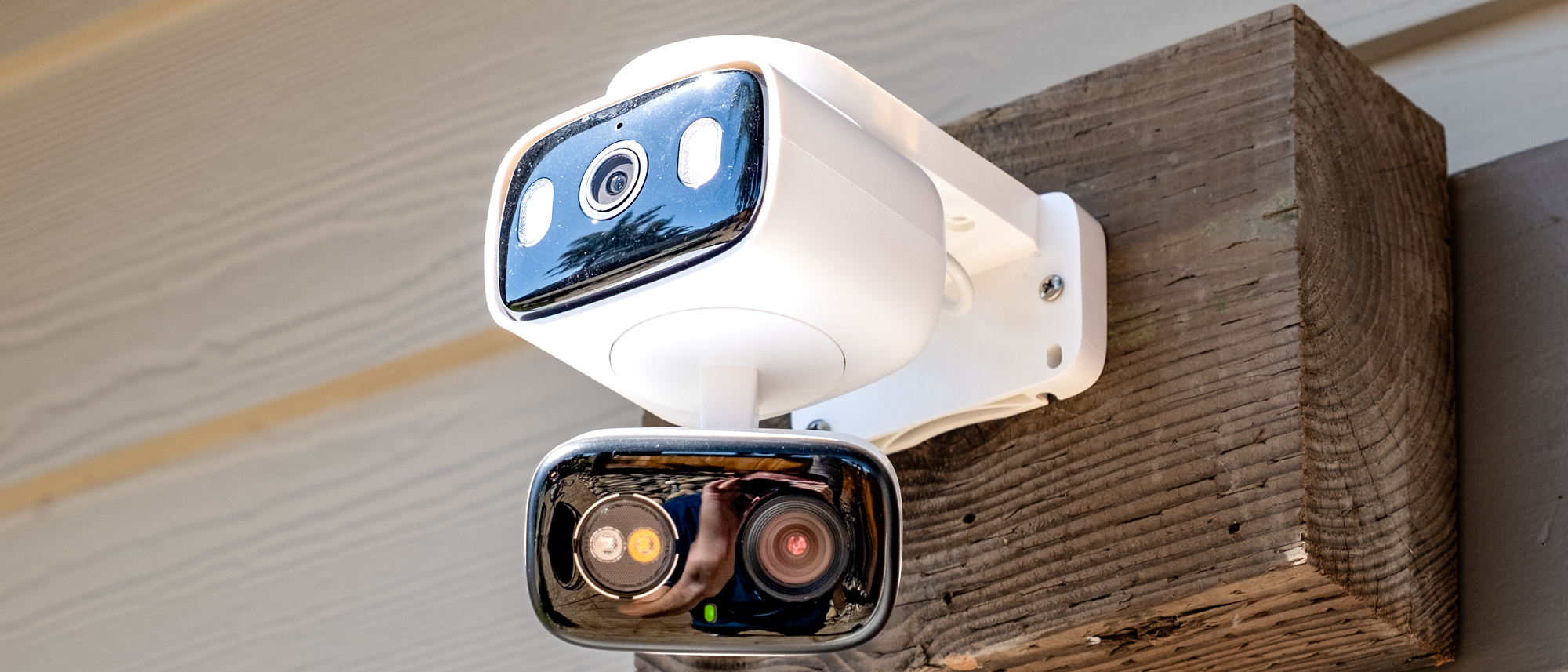I worked at Sennheiser's factory to find out how it builds audiophile headphones

As Tom's Guide audio editor, I spend a considerable amount of time listening to the best audio products. It's an enviable position in that I get to hear new headphone designs ahead of most people, advancing my knowledge and audio expertise to enable me to evaluate contenders for the best headphones, and help buyers make informed buying decisions.
Despite having first-hand experience with plenty of the models ranked in our best audiophile headphones buying guide, it's rare for me to get a look behind the scenes at the production processes to see how headphones are put together.
Legendary listening

As a young Hi-Fi fanatic, one of my earliest audio memories was my very first headphone experience. It's a few years ago now, but the distinctive open-back design with yellow earpads stayed with me. Looking back through the company's headphone history, I'm pretty sure they were the Sennheiser's HD 420 supra-aural headphones from the mid-seventies.
So, as a legendary brand that influenced the start of my audiophile journey, I was excited to get an invite to take a Sennheiser factory tour to learn how some of the world's most prestigious headphones are put together. And to get some hands-on experience building my very own audiophile headphones.
Sennheiser has been making its HD-series audiophile wired headphones exclusively at the Tullamore-based factory in Ireland since 1991. If you know anything about Irish whiskey then you'll know that the Offaly county town is also the home of the famous Tullamore D.E.W distillery, which makes the town an intoxicating place to visit for both audiophiles and whiskey drinkers alike. Not that the Sennheiser factory is open to the public. But members of the audiophile community have been invited to visit Sennheiser's recently opened Experience Centre on a 'Golden Ticket' via its social media channels, and opportunities may arise for other invited visits in the future.
It's a facility used exclusively for the manufacture of its wired headphone series, ranging from the HD 600 ($449) to the HD 820 ($1,999) over-ears, as well as in-ear monitors including the IE 600 and IE 900. All Sennheiser's wireless models such as the Momentum series and Accentum are made elsewhere. The factory also makes the Sennheiser HE 1 $60,000 statement headphone system, which combines Orpheus electrostatic headphones powered by a dedicated valve amplifier housed in a case hewn from majestic Italian marble. More on that in a separate report.
Hand built by robots

I'm no stranger to factory production lines. After all, I started out on one as a teenager building electronic circuits for satellite TV receivers and telecommunication systems. But things have moved on and Sennheiser's factory was far more sophisticated than anything I'd seen before.
Get instant access to breaking news, the hottest reviews, great deals and helpful tips.
It's one of the few headphone makers in the world where the headphone transducers — a combination of the speaker driver and electronics inside the earcup — and the assembly happen in the same factory. This is said to improve driver matching, and I imagine it helps make things more efficient too.

The automated production lines work at high precision to ensure every transducer meets Sennheiser's exacting audiophile standard.
The production process uses a mix of automation and manual assembly for its HD-series headphones. It was mesmerizing watching the driver membrane being formed and glued into place, as well as the 0.03mm wire (thinner than a human hair) being wound into a coil that would generate the magnetic field in the headphone driver assembly.
The automated production lines are intricately programmed to work at ultra-fine detail levels and high precision to ensure every transducer meets Sennheiser's exacting audiophile standard. What surprised me though was that the lines are flexible enough to be switched to different models depending on what's needed.
Sennheiser's HD 600 headphones were in production on the day of my visit, and I got to join the manual team that carries out the headphone assembly, testing, quality control, and packaging. The crew made me feel welcome while also making my role in the process look easy. But as so often happens, things weren't quite as straightforward as they initially appeared.
Sennheiser HD 600: was $449 now $295 @ Amazon
These are the open-back headphones many audiophiles reach for if they want the absolute best possible listening experience. They offer a wide soundstage and great clarity thanks to the large 42mm drivers. Plenty of audiophiles consider them the gold standard for hi-res audio, and I wound't mind betting that they'll sound even better with over $150 off.
You need nimble fingers when it comes to fitting the transducer into the earcup outer casing while also holding the open-back mesh and protective grille in place. But after years of sitting at a desk, tapping away at a keyboard and finger poking at smart devices, my dexterity wasn't quite up to the swift work demonstrated by the hands of my new teammates.
Clipping the earpads in place requires just the right amount of pressure in exactly the right place. Get it wrong and you run the risk of distorting the mesh at the back of the earcups, just as I did. A quick reshape and a check to make sure that no additional damage had been done, and I managed get the assembly clipped into place.
My dexterity wasn't quite up to the swift work demonstrated by the hands of my new teammates.
With the earpads assembled, I was shown how clip them onto the padded headband and attach the push-fit cable to the appropriate left and right earcup. Again, a fiddly process that requires just the right amount of skill.
Next came the audio testing inside a headphone-sized anechoic chamber — a closed environment with little reverberation that's used for acoustic measurements such as frequency response — to check for any sound issues following assembly. Not everything passes the first time, and as luck would have it my first attempt failed the test. But with a couple of checks and a little more pressure applied to the troublesome earpad, my first pair of HD 600 headphones were ready for packing.
From my experience, it's clear that my expertise lies in assessing the finished product rather than building one from scratch. Luckily for me, I got to take the exact HD 600 headphones I assembled home with me, which I'm sure will be a relief to Sennheiser buyers all over. Rest assured that following my visit, Sennheiser's audiophile headphone assembly is back in the capable hands of its highly-skilled specialist team, ensuing sighs of relief from headphone lovers everywhere.
More from Tom's Guide
- My favorite audiophile speakers just got a lot more affordable
- Klipsch and Onkyo joined forces for a soundbar — and it sounds awesome
- Tidal just rolled all of its premium hi-res streaming features into one affordable plan

Lee was Tom's Guide's audio editor, where he covered all things audio for Tom's Guide, including headphones, wireless speakers and soundbars and loves to connect and share the mindfulness benefits that listening to music in the very best quality can bring. As a former editor of the U.K.'s Hi-Fi Choice magazine, Lee is passionate about all kinds of audio tech and has been providing sound advice to enable consumers to make informed buying decisions since he joined Which? magazine as a product tester in the 1990s. Lee has joined the passionate audio experts at audiograde.uk where he writes about luxury audio and Hi-Fi.

